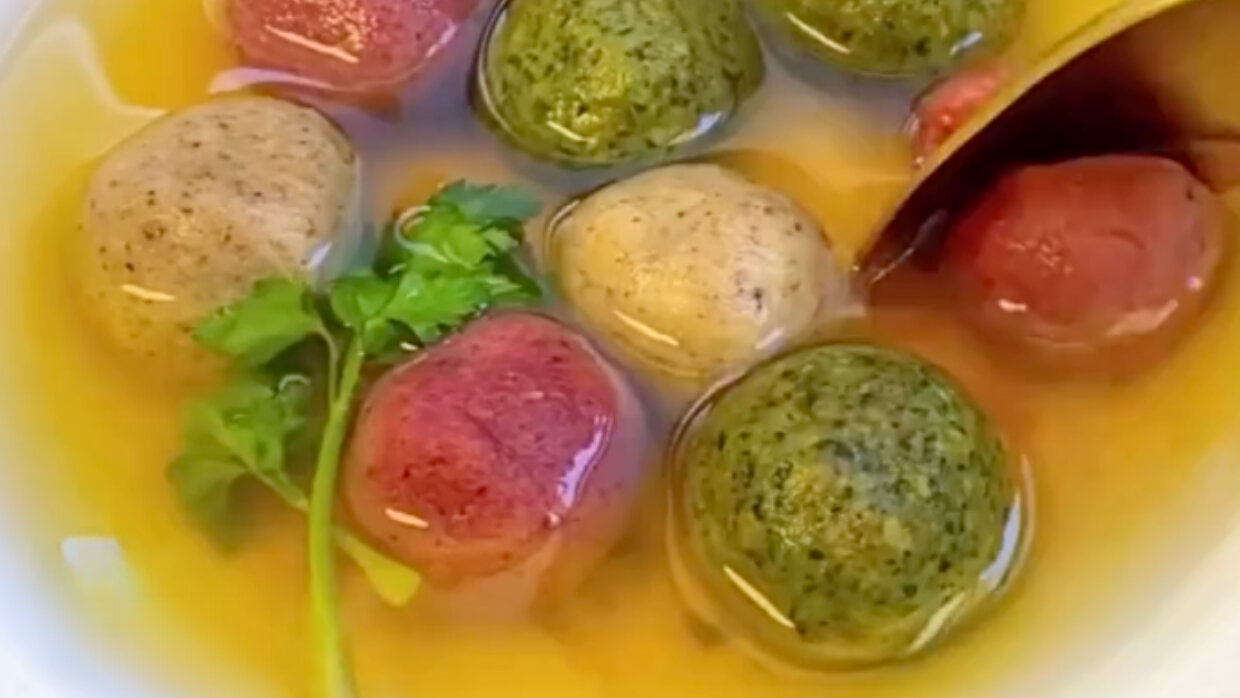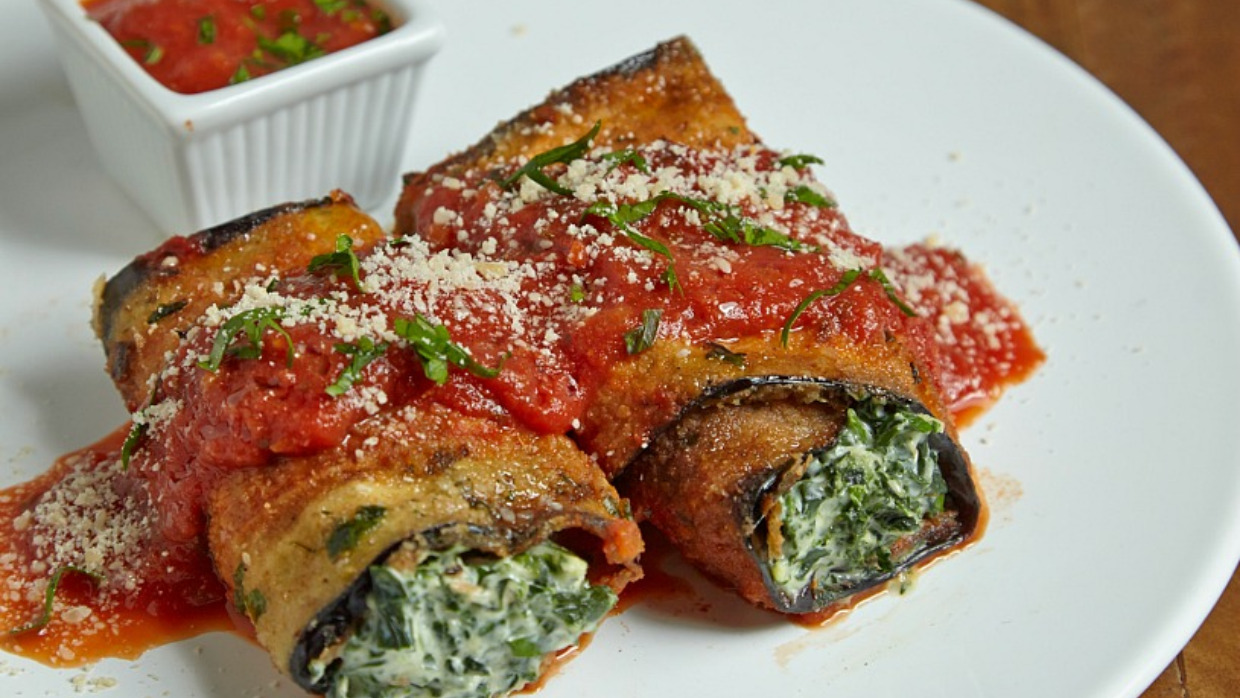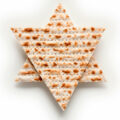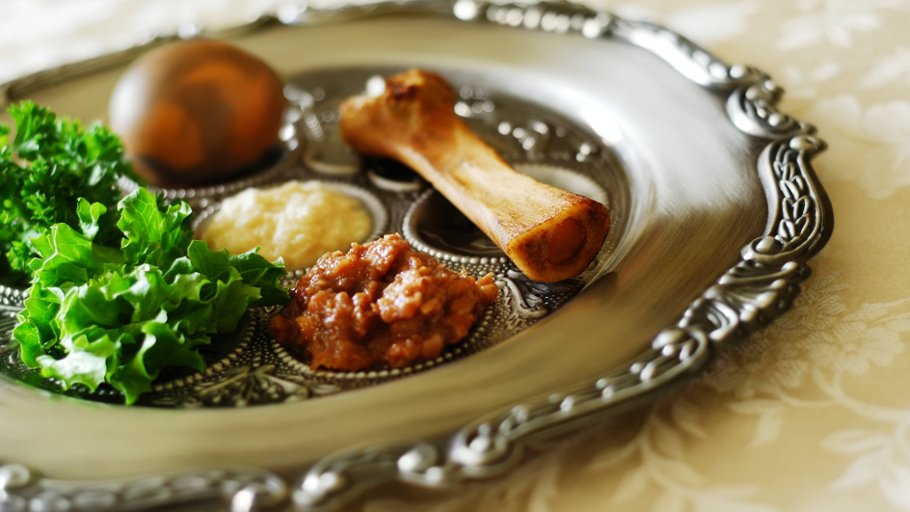Chocolate

Chocolate as we know it today – a sweet confection made with cocoa, sugar and often milk – owes its worldwide popularity in great measure to Sephardi Jewish traders.
The Aztecs had long eaten the cocoa beans native to Mexico, but they served it as a spicy drink called xocolatl, or “spicy water”, mixed with chilies, and associated it with medicinal properties. When Spanish traders arrived in the 16th Century, they mixed chocolate with sugar and sometimes milk to make it more palatable to European tastes.
Sephardi Jews who fled the Inquisition in Spain (and, after 1536, the Inquisition in Portugal) took their new-found chocolate-making knowledge with them. Many Jews congregated in the French town of Bayonne and established chocolate factories, making Bayonne the center of France’s nascent chocolate industry. In 1636 Bayonne’s chocolate guilds, seeking dominance, forced out the very Jews who had brought chocolate-making to France. (In 2013, the city of Bayonne officially recognized these Jewish chocolate makers who brought it renown.)
Some famous chocolate dishes owe their existence to Jews, as well. The Sachertorte, for instance, Austria’s signature layer cake, was invented for Prince Klemens von Metternich in 1832 when the Prince visited one of the “chocolate houses” that was then all the rage in Europe. The head chef was sick, so a sixteen-year old Jewish apprentice named Franz Sacher stepped in, creating a new layer cake that impressed the prince and has endured as a chocolate-infused classic ever since.
Fish and Chips
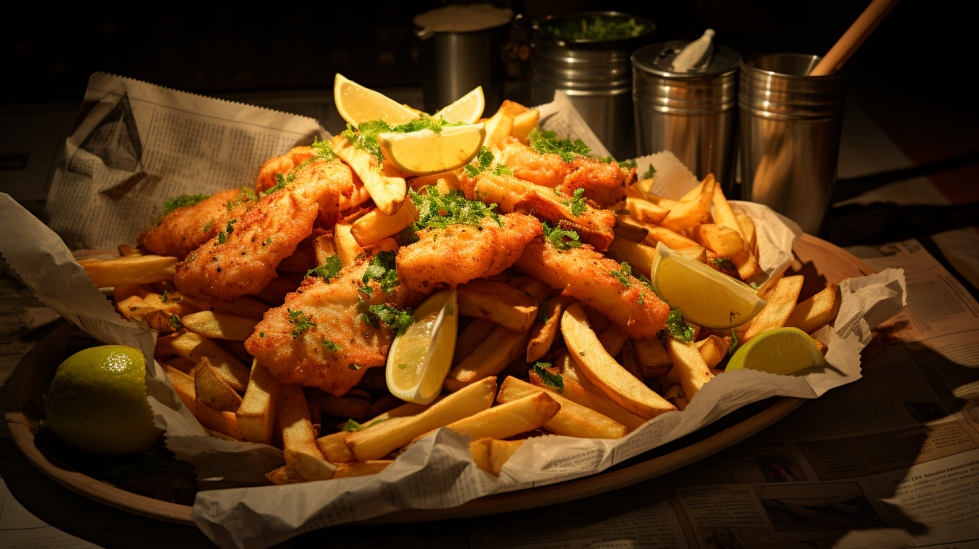
Britain’s Jewish population dates to reign of Oliver Cromwell (1653-1658), who invited Jews from the Sephardi enclave of Amsterdam to settle in Britain. The Jews who arrived brought their Spanish-inflected dishes with them, including a distinctive way of battering and frying fish. (It’s possible that secret Jews lived in London before then. In 1544, Manuel Brudo, a secret Jew hiding from the Inquisition in Portugal, wrote that other secret Jews had fled to Britain where breaded and fried fish was their favorite dish.)
Thomas Jefferson enjoyed “fried fish in the Jewish fashion” so much on a visit to England that his granddaughter Virginia included a recipe in her collection of Jefferson’s favorite foods. (The recipe she relied on came from an 1855 cookbook, A Shilling Cookery Book for the People, which explained that British Jewish families typically dipped their fish in flour, then in egg, then fried it in oil.)
Newspapers mention Jewish-owned fried fish shops in the Jewish East End of London as far back as 1824. The first shop to pair fried fish and fried chips was opened by a recent Jewish immigrant named Jospeh Malin in 1860.
Before long, hundreds of Fish-and-Chip shops dotted London’s East End, a large proportion of which were owned by Jews. The dish spread far beyond these immigrant neighborhoods, soon becoming Britain’s national dish and a meal enjoyed around the world.
(Claudia Rodin’s “The Book of Jewish Food”)
Smoked Salmon
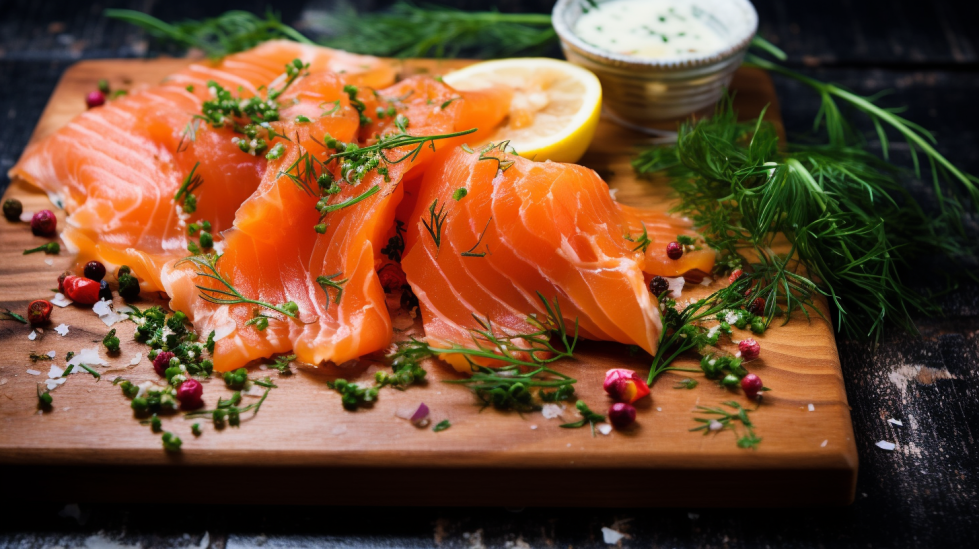
Preserving fish by smoking and salting it has been done for millennia. Salted fish has been found in Egyptian tombs, mentioned in ancient Chinese writings and archeologists have found a fish-smoking house along the River Bann in Ireland that dates to 2,000 BCE.
But the modern delicacies of smoked and preserved fish – particularly salmon – have a uniquely Jewish flavor. German Jews began to spread the practice of smoking fish to preserve it to Eastern Europe as they migrated there in the Middle Ages. Russian and East European Jews became associated with smoking fish, and smoked local fish such as carp and herring became known as Jewish cuisine.
When Jews migrated to Britain and the United States in the 1800s, they brought their techniques for smoking and salting fish with them. Foreman & Sons, a London company owned by Jewish immigrants, was among the first to smoke and salt the fine Scottish salmon found in Britain. Their “London cure” is still used today; salmon is dry-salted for a day, then rinsed and smoked over oak and juniper sawdust.
Jewish immigrants in Brooklyn used a similar cooking method on American salmon, pickled in brine then lightly smoked. They called their salmon “lox” after the Yiddish word for salmon, lachs.
(Claudia Rodin’s “The Book of Jewish Food” and http://forward.com/articles/7669/the-raw-truth-about-lox/ )
Foie Gras

Avoided by many consumers now because of cruelty to geese in making this luxury dish, the delicacy foie gras, or goose liver paté, was developed by Jews in the Alsace region of France in the Middle Ages.
Israel became the world’s first country to ban the sale of foie gras, 2013. “I am proud to be a member in a Knesset that chose to place values before interests and fleeting pleasures,” said Israeli MK Rabbi Dov Lipman who sponsored the bill.
(Claudia Rodin “The Book of Jewish Food”)
Noodles

Archeologists speculate that noodles originated in Central Asia thousands of years ago. But the first reference to noodles as we know them – dough that is rolled, cut, and then boiled – is found in the Jerusalem Talmud where it discusses whether or not boiled dough should be considered unleavened bread under Jewish law.
It seems that Jews in Italy embraced noodles even before their non-Jewish neighbors did. In 1154, Al-Idrisi, an Arab traveler, noted that in Sicily, it was the Jewish community that was known for its dishes of dried pasta. This love of noodles soon spread to Jewish communities in Rome and elsewhere in Italy, as Sicilian Jews spread throughout the region.
The first cold noodle dishes were invented by Italian Jews in the Middle Ages to serve on Shabbat. One of the oldest is Brusco. Think egg noodles dressed with chicken or meat drippings and an egg-lemon sauce similar to the Greek avgolemono. Another popular Shabbat dish was Tagliolini freddi al pomodoro, egg noodles with a sauce of tomatoes, parsley, garlic, olive oil, vinegar, sugar and lemon zest.
Jews from Italy brought their traditions of noodle-making to German Jewish communities in the Middle Ages. Ashkenazi Jews soon adopted Jewish-style noodles, calling them frimsel in Yiddish, long before their non-Jewish neighbors began eating noodles. (The first reference to eating boiled noodles in Germany dates to writings by the famous Jewish scholar Kalonymus ben Kalonymus who lived 1286-1328, and was known to eat noodles with honey as a dessert on Friday nights.)
As noodles popularity spread throughout the world, they kept a special place in the hearts of Jewish cooks. Edward Popper, who founded Israel’s giant food company Osem, started out as a noodle factory owner in his native town in what is today the Czech Republic. He moved to Tel Aviv in 1939, opening an egg-noodle shop with another Czech refugee. His son Gad later recalled that at that time there were about 36 such factories nearby, serving a population of only about 600,000. Such was the love of noodles in the nascent Jewish state. (Joan Nathan, “The Foods of Israel Today”)
(Gil Marks’ “Encyclopedia of Jewish Food” and http://www.jwmag.org/page.aspx?pid=3305#sthash.7IR8uDgw.dpbs)






